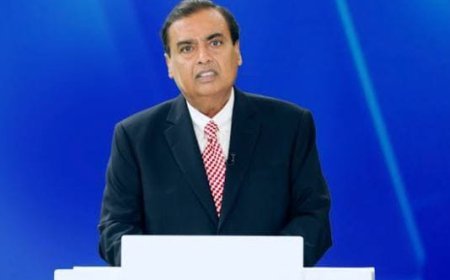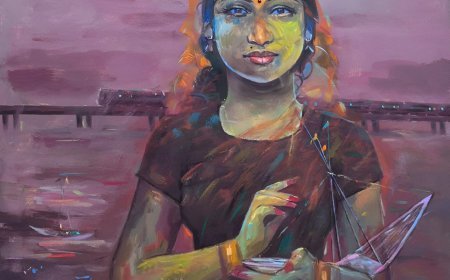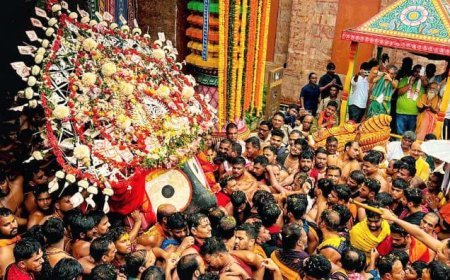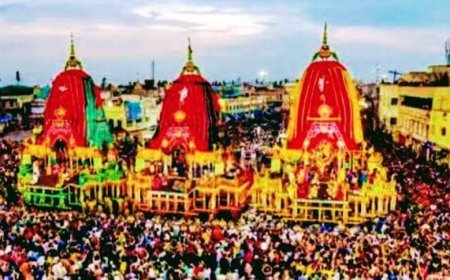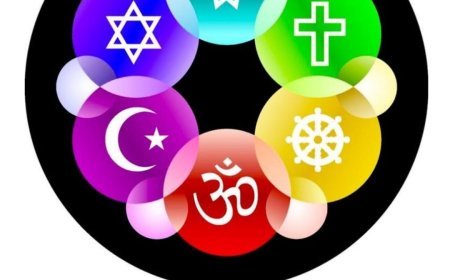Communal Harmony: Learning from History
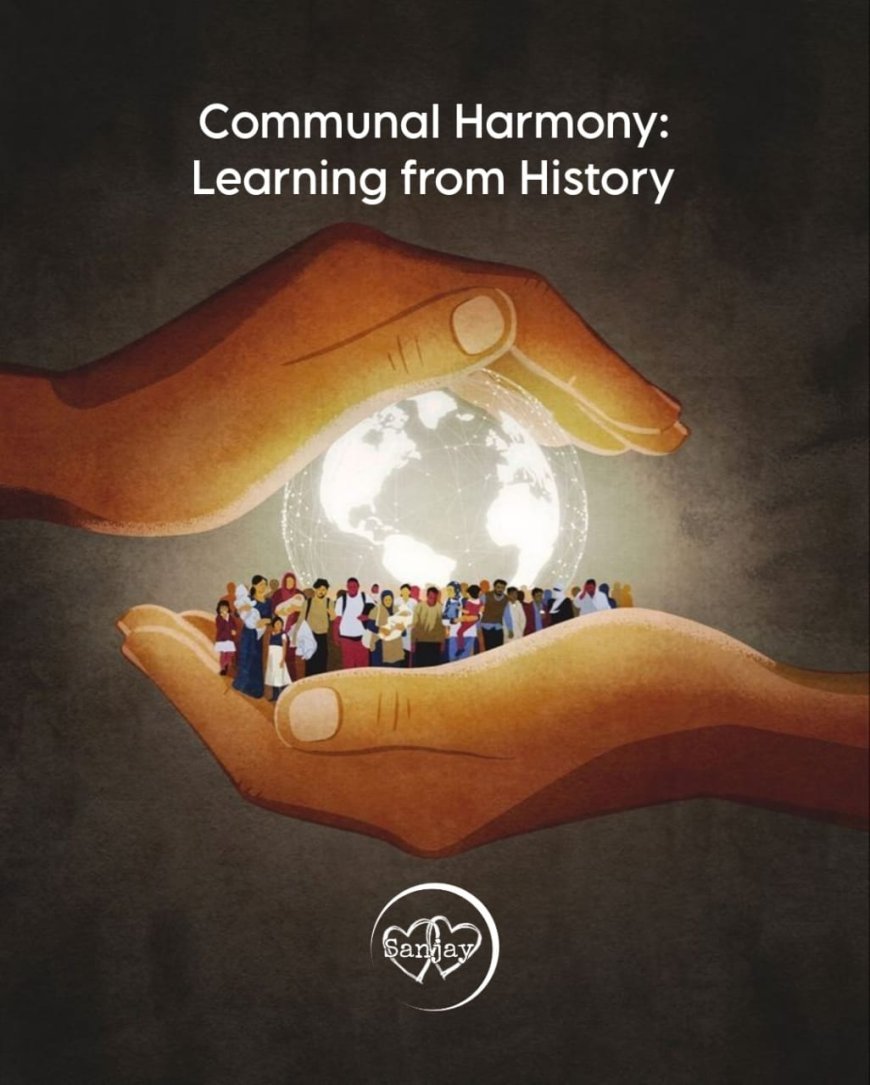
India's history is rich with instances where people of different religions fought together for a common cause. However, over time, political interests have twisted these narratives to create divisions. It is essential to look at history with an unbiased perspective and understand that wars were fought for power, not religion.
The Battle of Haldighati: A Fight for Sovereignty, Not Religion
The Battle of Haldighati (1576) is often falsely portrayed as a Hindu-Muslim conflict. In reality, it was a battle for power between Maharana Pratap and Emperor Akbar. Akbar’s army was led by Raja Man Singh, a Hindu, while Maharana Pratap’s army had Hakim Khan Sur, a Muslim commander. If it were a religious war, how could both armies have included people from different faiths? This battle was about sovereignty, not religion, yet today, some political groups manipulate its history to create religious divides.
The Revolt of 1857: A United Struggle Against the British
The First War of Independence in 1857 saw Hindus and Muslims fighting together against British colonial rule. Mangal Pandey, a Hindu, initiated the rebellion, which was later led by Bahadur Shah Zafar, a Muslim. Rani Lakshmi Bai, Tantia Tope, Nana Saheb, and Begum Hazrat Mahal fought hand in hand against the British. Their unity threatened British rule, leading the colonial administration to implement the infamous Divide and Rule policy. Sadly, even after 78 years of independence, some politicians continue to exploit religious sentiments for electoral gains.
Khilafat and Non-Cooperation Movement: A Joint Hindu-Muslim Protest
During the 1920s, Mahatma Gandhi launched the Non-Cooperation Movement alongside the Khilafat Movement, which was led by Muslim leaders like Maulana Mohammad Ali and Shaukat Ali. Hindus and Muslims participated together, boycotting British goods and institutions. This unity against the British rattled the colonial rulers, leading them to intensify communal divisions. Unfortunately, the seeds of partition were sown soon after.
The Quit India Movement: Collective Resistance Against Colonial Rule
In 1942, during the Quit India Movement, leaders from all communities came together against British rule. While Mahatma Gandhi led the movement, figures like Maulana Azad, Khan Abdul Ghaffar Khan, and several Hindu leaders fought side by side. Their unity symbolized the real spirit of India—one that transcended religious barriers.
Rebuilding Communal Harmony: The Way Forward
History teaches us that external forces have always tried to divide Indians for their benefit. Unfortunately, some contemporary politicians and media houses use the same tactics, spreading hatred through misinformation on social media, especially WhatsApp forwards. Citizens must remain vigilant and question the narratives being pushed.
India’s strength lies in its diversity and unity. Every religion has contributed to the nation's progress. Instead of fighting over manipulated history, we should draw inspiration from our ancestors, who fought together against oppression.
Let us pledge not to fall into the trap of communal hatred. Let us stand united, as our freedom fighters did, and work towards a peaceful, prosperous India where every citizen is treated with respect and equality.
Sanjay Pattnayak
Sundargarh







